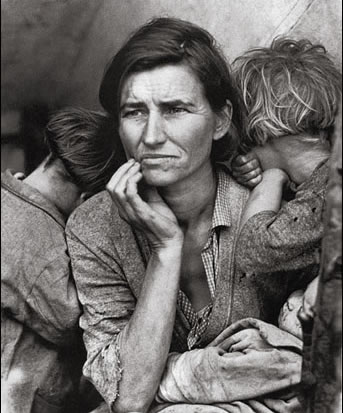 |
| Bilbao, Spain, 1997 credit here |
Opinion: The Guggenheim Museum is Spain is striking. I have found that many buildings in the world are beautiful, but they don’t necessarily stand out. The Guggenheim is a shining, futuristic, dramatic, curving, colossal building that draws the eye. When I first saw it, I was reminded of the Disney Concert Hall, not realizing that Gehry had designed both. My dad used to work for Disney, so the Disney Concert Hall is a part of my childhood and thus that positive association was another reason I picked the Guggenheim.
Theory: The Guggenheim Museum is made out of limestone and titanium, which serve to emphasize the asymmetrical, irregular, and imbalanced forms. There are certain organic forms, that Gehry refers to as the "metallic flower". This is offbeat by the structure being futuristic and reminding the onlooker of a cold, mechanical, industrialized world. “In disorder, it seeming randomness of design, and the disequilibrium it prompts in viewers fit nicely into postmodern and deconstructivist agendas” (Gardner, Page 1113).




























